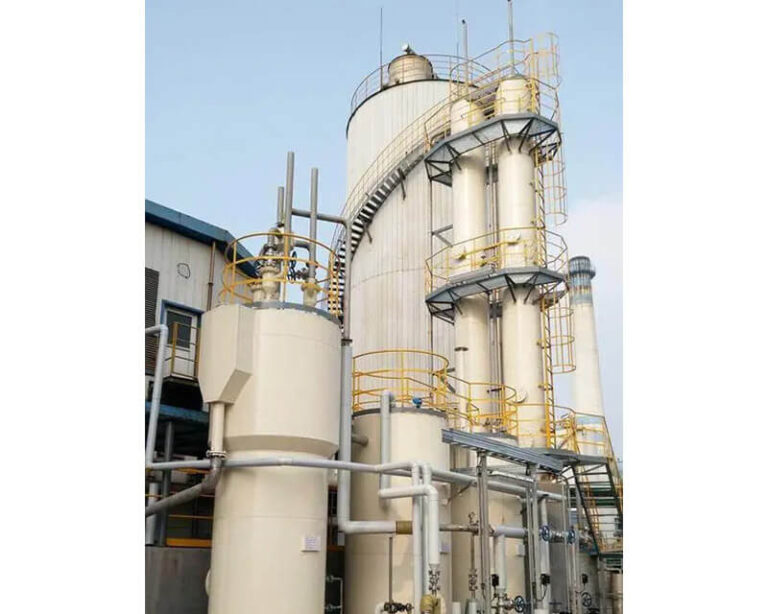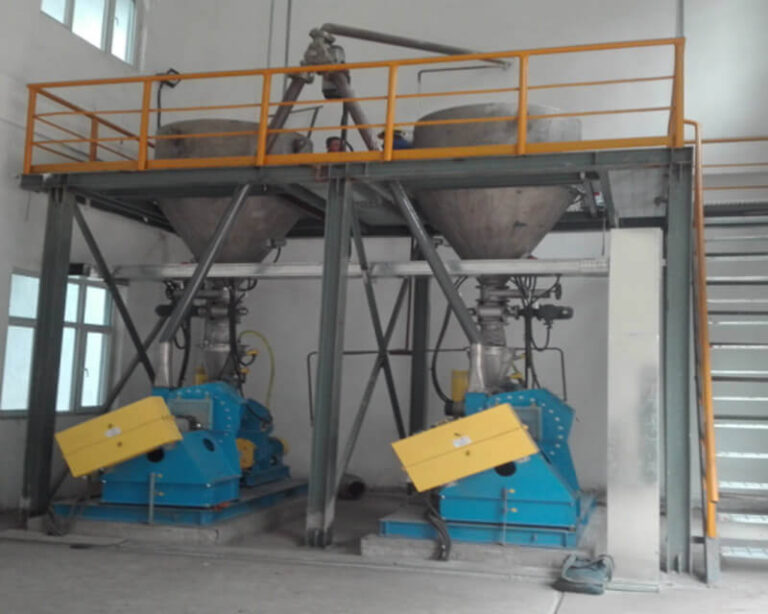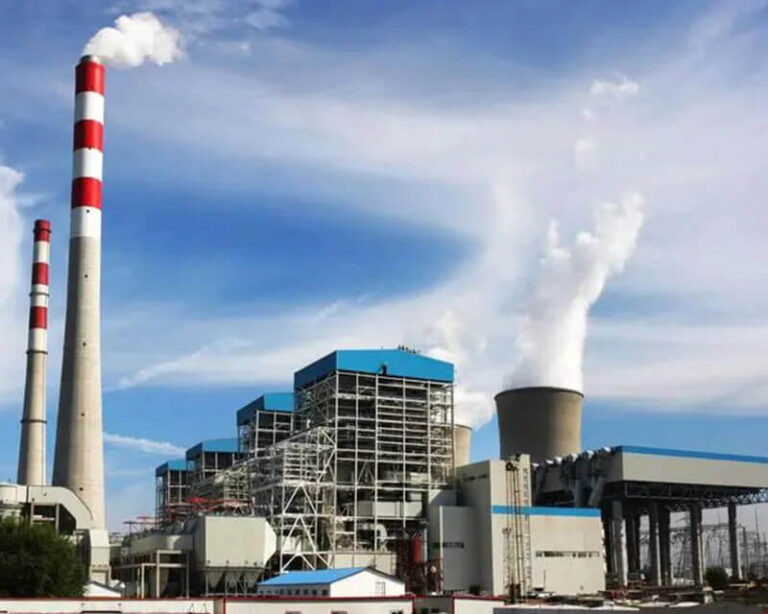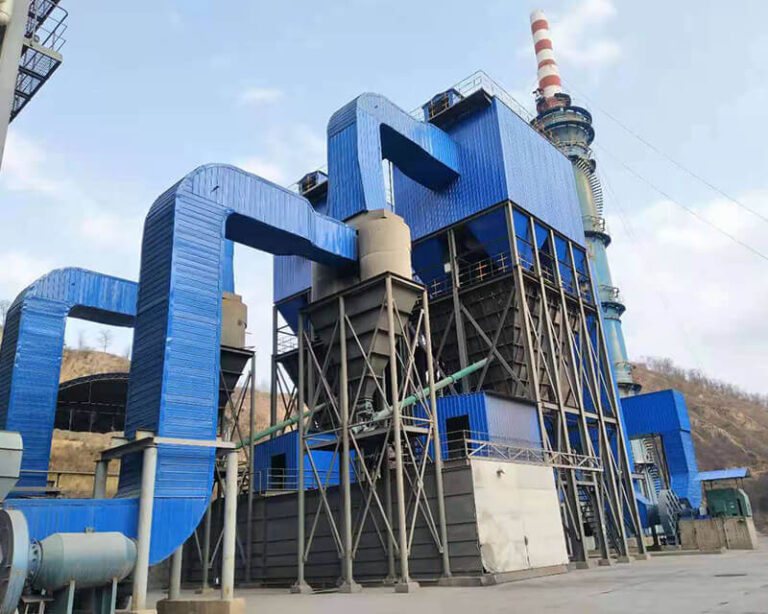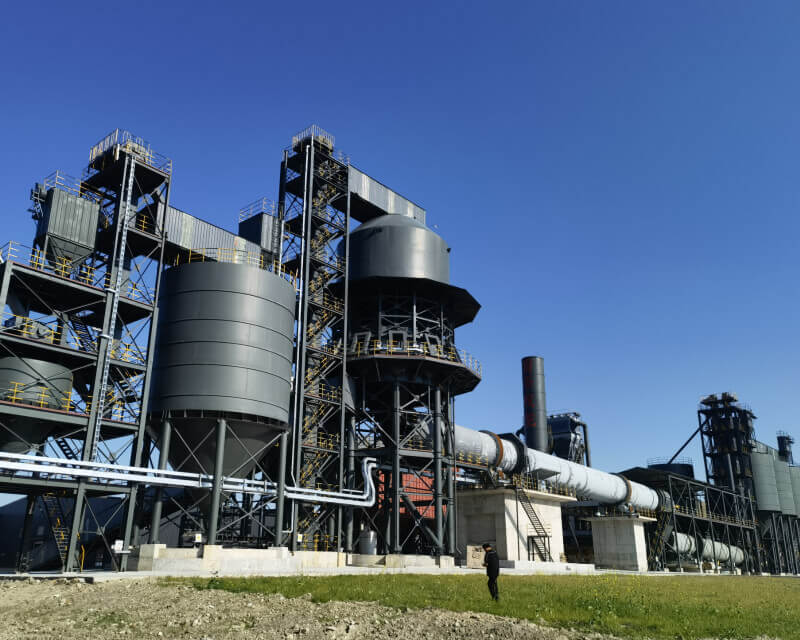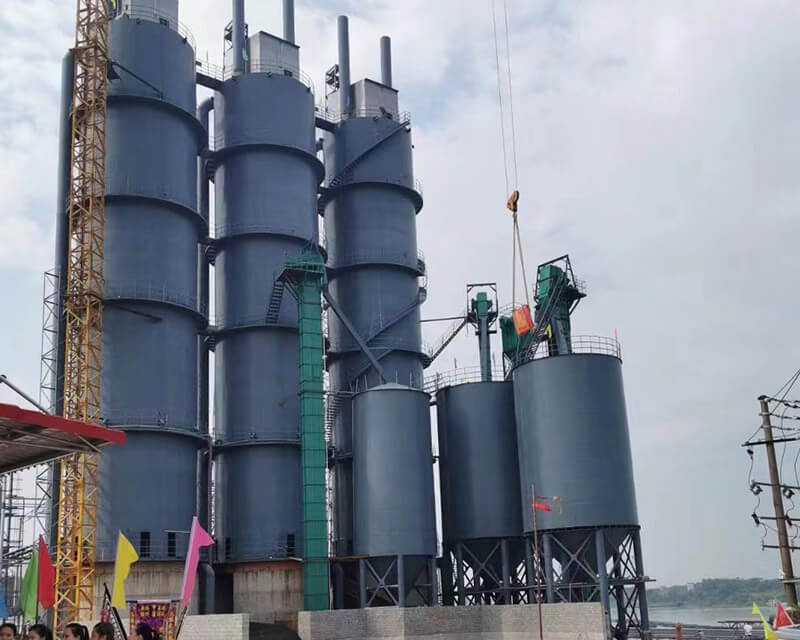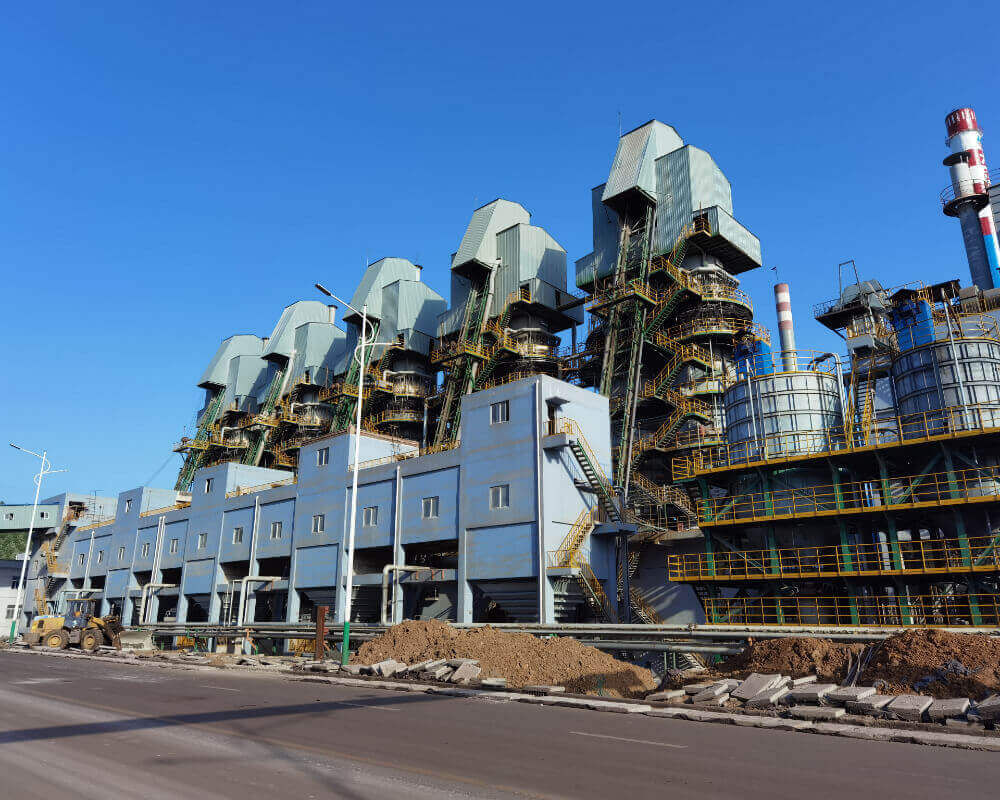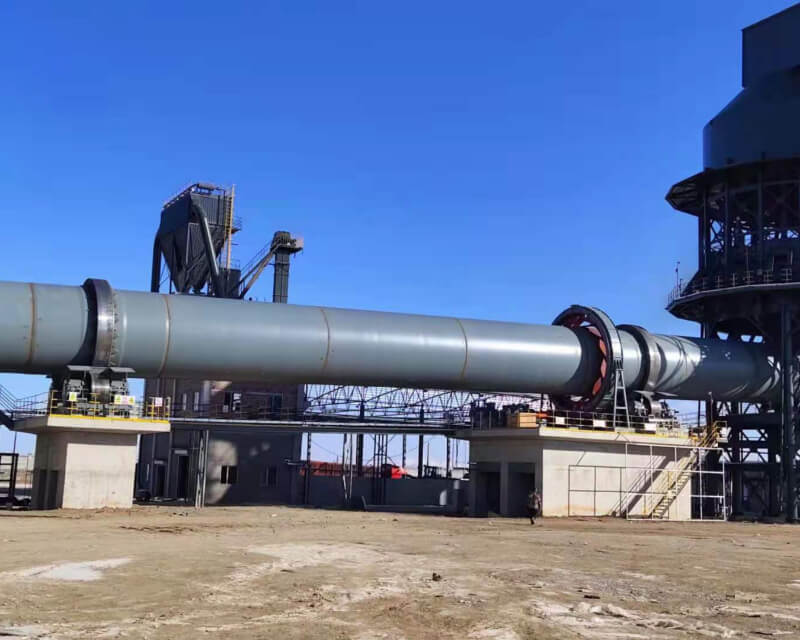Product Introduction:
SDS dry desulfurization uses baking soda powder as a desulfurization agent. The agent is mixed with the flue gas, under suitable temperature conditions, the baking soda powder expands and splits and neutralizes the acidic substances in the flue gas, thereby achieving the desulfurization effect. The by-products of desulfurization are sodium bicarbonate, so this reaction needs to be preceded before the process of dust collector.
Application:
Applicable to a variety of industrial fields: SDS dry desulfurization technology can be widely used in waste gas treatment in coal power, chemical industry, metallurgy, cement and other industries.
Product Advantages:
01
Efficient desulfurization: It can efficiently absorb and convert sulfur dioxide in the exhaust gas into harmless sodium thiosulfate.
02
Simple operation: SDS dry desulfurization technology is simple to operate, has low equipment and energy consumption, and is easy to implement.
03
Cost-effectiveness: The investment and operating costs of this technology are low, helping to reduce the operating expenses of enterprises.
04
Environmentally friendly and sustainable: SDS dry desulfurization technology can effectively reduce sulfur dioxide emissions and protect the environment and public health.
Principle of SDS Dry Desulfurization:
-SDS dry desulfurization is an absorbent-based desulfurization technology that absorbs and converts sulfur dioxide (SO2) by bringing the exhaust gas containing sulfur dioxide (SO2) into contact with the solid absorbent sodium hydroxide (NaHCO3).
-Reaction formula: SO2 + NaHCO3 → Na2SO3 + CO2 + H2O
-In the dry desulfurization process, sulfur dioxide is absorbed and converted into sodium thiosulfate (Na2SO3), while water vapor is generated and elevated.
